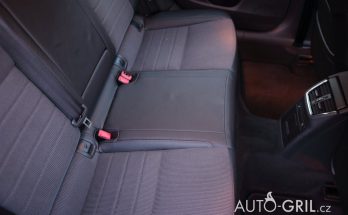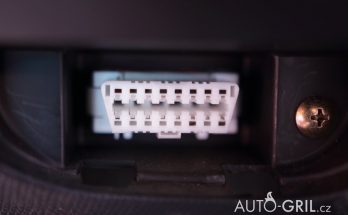Oil is vital for all engines. And that’s because it’s used as a practical lubricant that prevents any damage to a whole range of different parts. Today, we can mainly talk about the fact that oil can be found both in the engine itself and in the gearbox. In both cases, it is necessary to carry out the exchange at regular intervals. Not only can we improve the overall performance of the car, but we are also certain that we are significantly extending the overall lifespan of the individual components and, thus of the car itself.
When to change oils?
Of course, it is also important to know the intervals that are associated with specific and individual measurements. In this regard, it primarily depends on the type of engine and therefore on whether it is petrol or diesel. For gasoline ones, the exchange interval can be fully sufficient, which we can count on around 30,000 kilometers driven. For diesel engines, the interval is halved and should be related to a run-in of 15.000 kilometers. Of course, everything is related to how often we drive and what distances we cover in one trip, just as the type of oil used also plays a role. If we drive even 15.000 kilometers per month, it is possible to replace the diesel engine even later, for example, at the 20.000 km mark. We should always follow the manufacturer’s service instructions.
The situation is very similar for engines in gearboxes, as it always depends mainly on the run-in itself. It is usually true that we should perform the exchange after driving 80-100 thousand kilometers. But again, it depends on many parameters. This exchange mainly concerns older cars. For the newer ones, a so-called permanent gearbox filling is usually available. This means that in this respect, we no longer have to worry about changing the oil because it is not necessary. We will also find out this information from the service books and other documents that we get for our car.
A regular oil check is just the foundation
Before we get into the information that is connected to the exchange itself, we should not forget one more important fact. This is an oil check. This should be regular, as this is the only way we can quickly respond to any problems. If we look more specifically, it must be said that in the case of engine oil, the control is relatively simple. For most cars, it is enough to lift the hood, remove and wipe the dipstick and then find out the exact level. This should always be measured at rest, when the oil is not so-called splashed on the individual components of the internal engine.
Measuring the oil level in the gearbox can be a bit more complicated. Here, too, it should be noted that the oil check should be carried out calmly. Often the level can only be measured through the hole after removing the inspection or pouring plug. As we have already mentioned, we do not need to check the transmission oil for transmissions with a permanent filling – that is, if we do not observe any leaks.
Changing the transmission oil
Let’s start with changing the transmission oil first. If this is necessary for your car, first find out the specific location of the gearbox and then dismantle the specific plugs. The position of the gearbox is also important, as in many cases, its complete disassembly must be carried out. And that’s both so that the original oil is poured out and so that you can add new oil. In many cases, the replacement of a classic mechanical transmission can be done by yourself. However, if it is an automatic transmission or the need to change the oil in a 4×4 transmission, the whole procedure can be more complicated, which will also be related to the need to visit a specialized service.
Engine oil change
Since its replacement is not only more common but also necessary, we will take a closer look at it. The first thing to remember is that we should have the right type of oil ready, as well as the oil filter. Its replacement is a necessary part of the entire workflow. The manufacturer usually states which oil and filter we will need in the service book or manual. An experienced salesperson can also advise us on the right type.
The first step in changing the oil is to remove the plug from the oil sump. Subsequently, the used oil itself begins to flow out, which we should collect in a sufficiently large container – with a volume of around four to five liters. As soon as the oil stops flowing, the oil sump is empty, and we can remove the oil filter. Subsequently, we mount the oil sump plug again. We take a new oil filter, pour new engine oil into it, and install the filter in its place. If it is in a position where the new oil would leak out during assembly, we skip this step.
Once everything is in place. All you have to do is open the hood and pour the required amount with the pouring lid. Again, it depends on the type of car and engine. So we are looking for specific information from the manufacturer. Once it is poured, we measure the oil level. Let’s remember that we are measuring the condition with an often empty filter, which even 3 decilitres can accommodate. Once everything fits, we’re done. Afterward, we recommend starting it, driving a few kilometers, and letting the car stand. Then we measure the level again and, if necessary, top up to the correct limit.
A few practical tips
So the oil change is over. Therefore, let’s take a look at some practical tips that will make everything easier for you. One of them is that the oil changed should ideally be warm, as this will ensure a much easier and faster draining. It is therefore a good idea to drive a few kilometers before changing. It is also a good idea to drain the oil through a finer strainer. It captures any dirt that can help you discover the condition of the internal parts of the engine. It can often also be the case for small mechanical components.
Another important tip is that the car should always be level when draining the engine oil. It is, therefore ideal to place it on the mounting pit. You will not remove all the old oil if you only lift it on one side with a pry bar.



